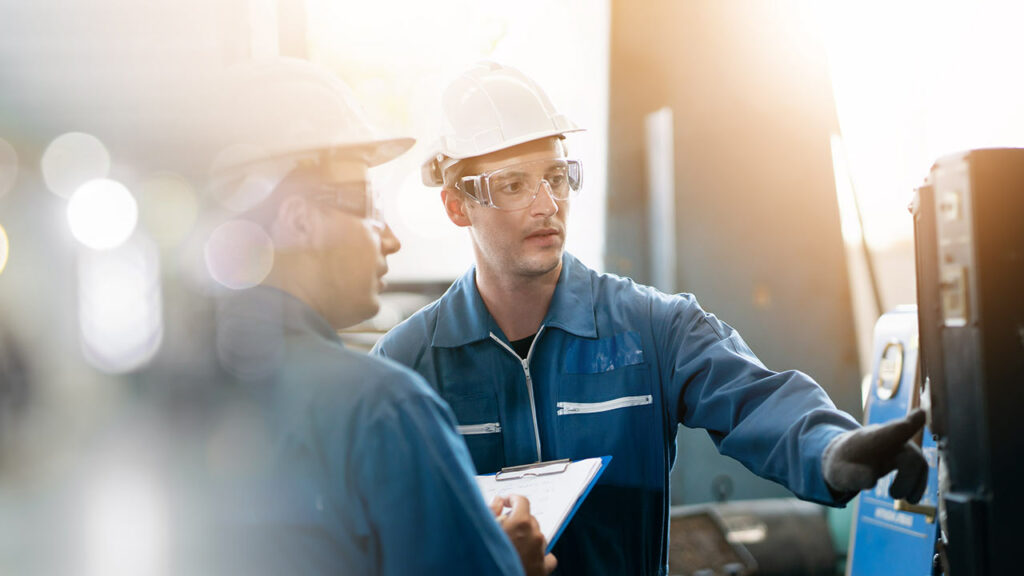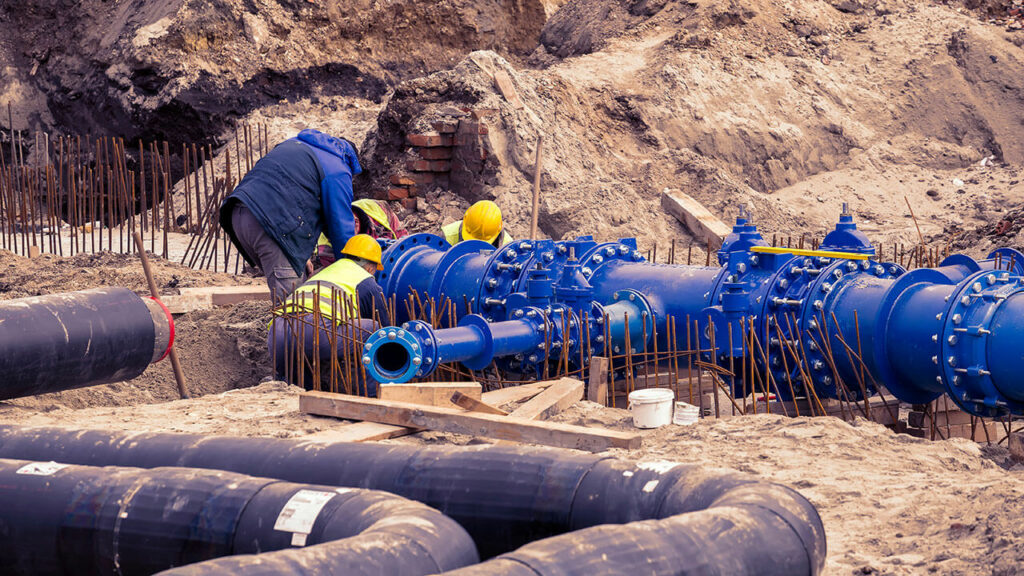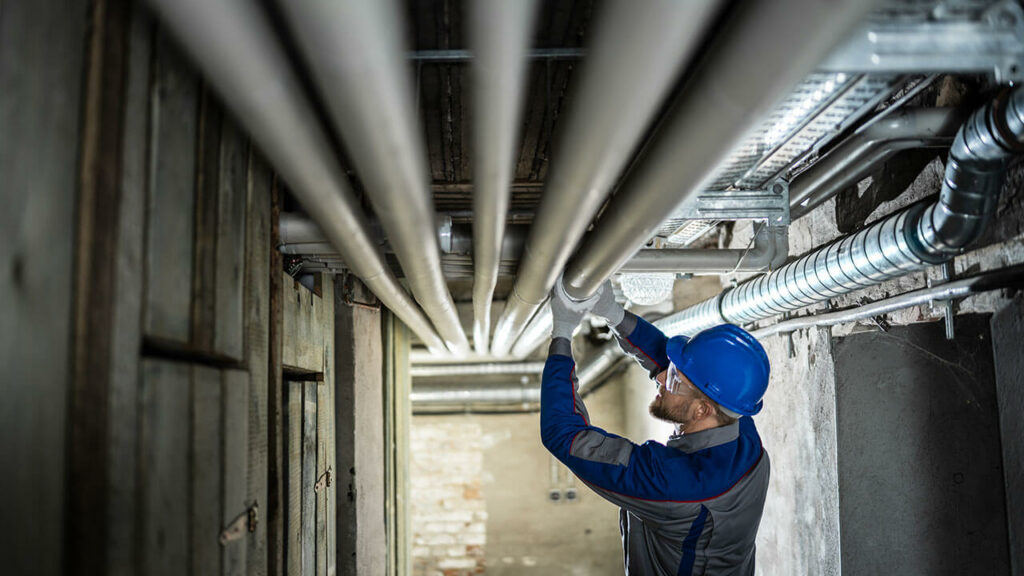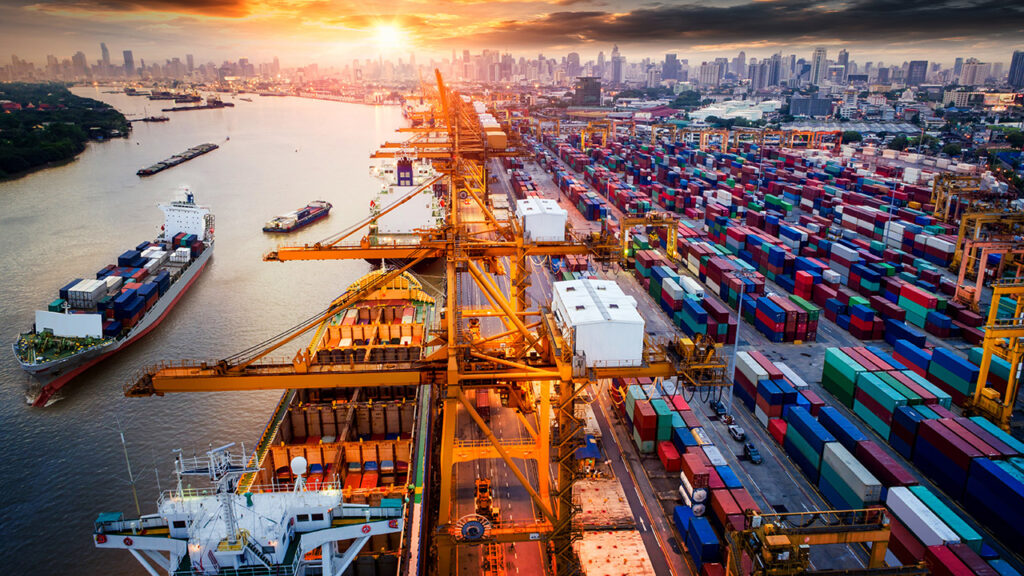
Leveraging AI in heavy civil construction
In this day and age, we’re quickly seeing the digitisation of almost every industry, with advancements such as Artificial Intelligence (AI) being a key frontrunner enabling this shift.
And with the world’s population growing exponentially as we speak, our world’s water resources are only set to become increasingly more strained, especially in cities.
Urban growth is continuous, with an estimated 70% of the world’s population predicted to be living in cities by 2050. And for that very reason, our planet’s water supply, and the infrastructure that facilitates it, needs to be assessed and revitalised in light of these rapidly growing population centres. And this is not a problem for the future – this is something that needs to be addressed right now.
With that in mind, what’s causing this problem, and how can water infrastructure be utilised in cities across the world?

The increasing population creates a wealth of problems and stresses: with around one in four cities living in water stress, and several others plummeting towards water scarcity. Simply put, with more people dwelling in urban environments, more water is needed.
However, population growth affects water scarcity in a multitude of ways. For example, the increased water demand adds further strain on existing infrastructure like ageing pipes, water treatments and sewer systems. Add to this the global climate crisis, which is the driving force behind changing rain patterns, leading to both floods and droughts, the strain on water supply and infrastructure is exacerbated even further.
Increased urbanisation leads to a rise in per-capita water usage, with necessities such as washing machines, dishwashers, showers and other appliances increasing residential usage stats. On a larger scale, population growth tends to come hand in hand with economic growth, with businesses starting out or scaling up within the city, making use of the municipal water supply.
All in all, a growing city will never be able to be sustainable without reliable, secure access to usable drinking water and sanitation provisions.
Producing a safe, accessible and reliable water supply for cities all over the world relies on rebuilding, revitalising and reinvigorating our current infrastructure. However, strategies must differ depending on the city at hand.
For example, many urbanised areas have already considered expanding their existing water infrastructure as a solution to meet the soaring water demand. However, the usual drawback with this idea is that the majority of surface area and groundwater sources are likely to already be in use or even totally depleted – a huge hindrance.
As a result, it looks like rather than expanding, it’s often a case of revitalising and adding a new lease of life into the current infrastructure in a sustainable, long-term manner.

A ‘smart city’ is a common concept you may hear floating around the industry, hailed as a key method to solving various problems that we’re experiencing today – predominantly climate change. And of course, when it comes to developing and adapting to the smart city model, the idea of ‘smart water’ also becomes essential.
Smart water systems refer to metres that use IoT sensors to collect and measure real-time, water-related data – such as the consumption and abstraction of water – which is then communicated via automation. These systems could refer to all kinds of hardware, software and analytics to learn more about water and wastewater to solve common problems our cities are facing.
Offering useful, actionable insights, this allows governments, city planners and even households (on a much smaller scale) to make smarter decisions. This has the potential to improve overall infrastructure efficiency, reduce consumption, detect leaks and issues instantly, innovate wastewater treatments and supply valuable data regarding floods and climate crises revolving water.
The smart water management space offers a huge opportunity for emerging businesses, with the sector expected to grow from $11.7 billion in 2019 to $21.4 billion by 2024. Overall, smart water systems must become an integral part of city planning to promise a brighter future for cities all across the globe.
It’s no good having access to water if the water isn’t safe to drink or use. This is why deploying the necessary water sanitation infrastructure is pivotal for developing sustainable cities. In a bid to tackle the problem with unhygienic water, the World Health Organisation announced their vision for their WASH campaign, which champions everyone’s right to access to safe water, sanitation and hygiene resources.
Keeping water clean from waste is essential, and having the correct infrastructure in place is the only way to achieve this.
For example, developing cost-effective, simple water-quality sensors provides the capacity to monitor contaminants in treated effluent and surface water, and then deploying decentralised treatment solutions in response. Mobile water treatment solutions are also on the rise, which is a great solution for cities that lack the space to develop their own sanitation facilities in the city.
Numerous upcoming technologies are making headway in the market, such as UVC-LED technology for water disinfection, alongside recovery technology in wastewater treatment plants. Other innovations to improve water purification include nanotechnology and acoustic nanotube tech.
But it’s not just modern, digital solutions that can help here, with many ‘green’ advancements making headway to address water pollution and encourage communities to effectively manage local water problems. For example, nature-based technologies such as constructed wetlands, rainwater harvesting and more.
Essentially, to achieve WASH, cities need not just innovative technologies, but also effective water management, pollution control and waterway protection.

Though a big issue is the lack of space to expand existing infrastructure, the main challenge involved is the financing of expanding and even totally replacing existing, ageing infrastructure.
For example, America’s water system is made up of around 2.2 million miles of underground pipes, many of which are decaying, laden with problems and in urgent need of repair. This calls for a shift in financing models. In 2021, the White House invested over $50 billion into its water infrastructure bill, with a goal of replacing all of the nation’s main pipes and service lines, making it the “largest investment in clean drinking water and wastewater infrastructure in American history”.

In this day and age, we’re quickly seeing the digitisation of almost every industry, with advancements such as Artificial Intelligence (AI) being a key frontrunner enabling this shift.

In previous years, businesses choosing to offshore their manufacturing operations and processes overseas was commonplace, becoming particularly popular for companies in the US.

Though the world we live in is filled with water, it still remains an incredibly finite resource with only a tiny portion of it declared safe for human consumption.